On Saturday California was rocked by two earthquakes only 30 minutes apart.
They were relatively small, only 3.5 on the Richter scale. Even so, the quakes were felt by millions across the state.
Record Number of Mini-Quakes
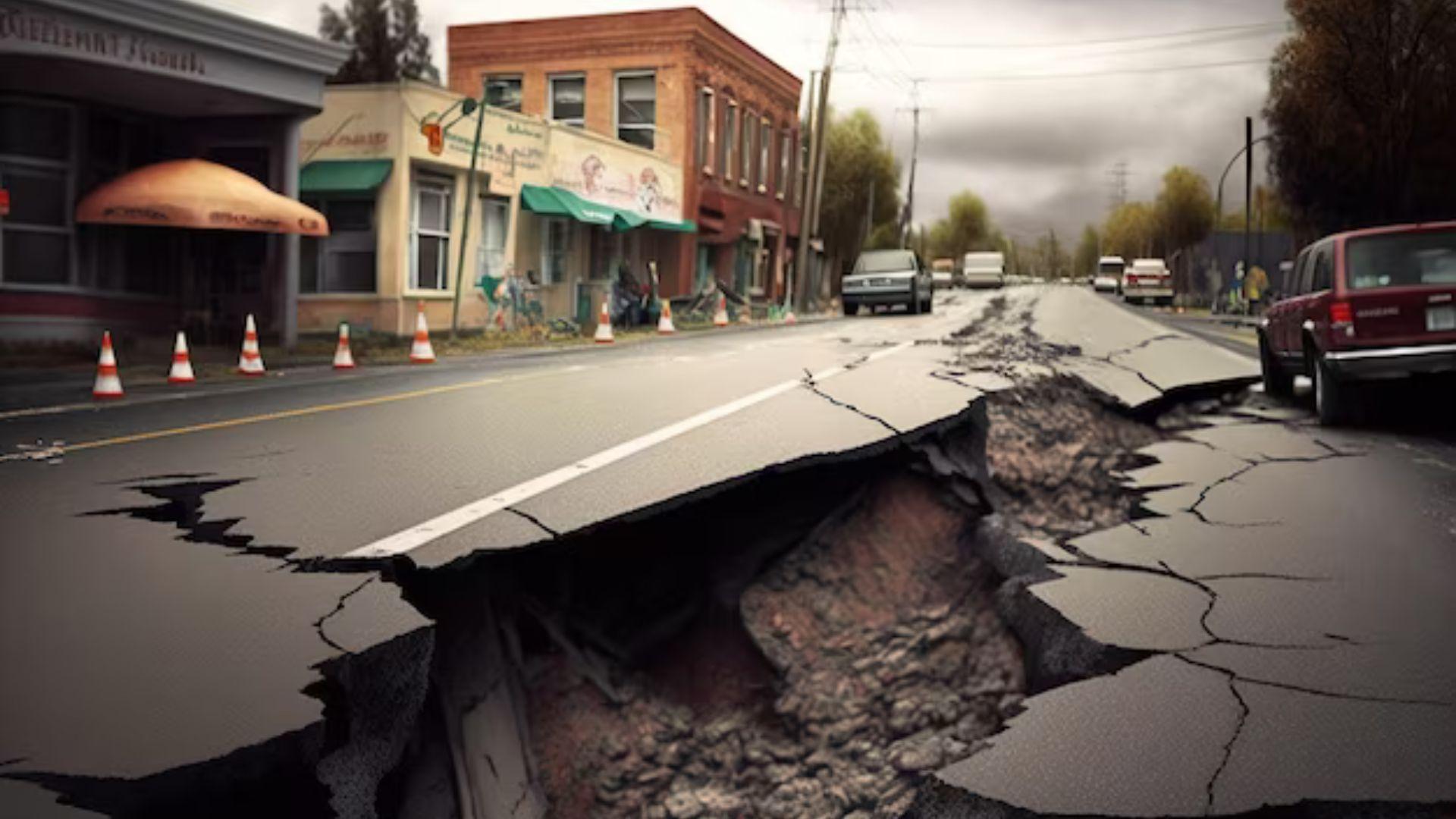
This year has seen a record number of mini-quakes across California.
According to experts, it is a myth that mini-quakes help to ease the tension along a fault line, thus avoiding a huge, deadly quake. In fact, the opposite tends to be true.
Every 150 Years
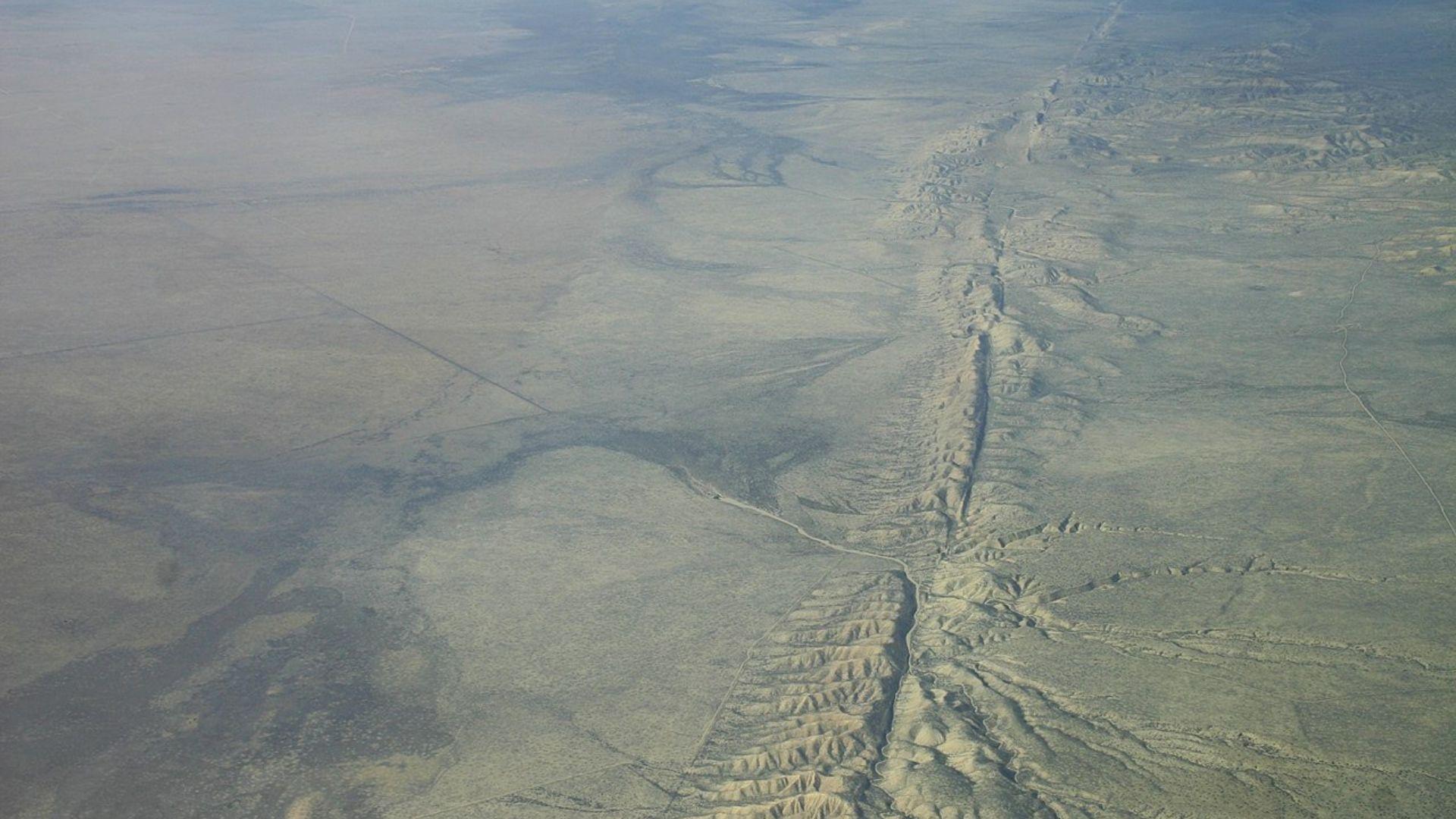
Major earthquakes are defined as having a measure of 7.0 and up on the Richter scale.
There have been a few of those in recent times in California, notably in 2019, but nothing truly huge. The really big ones tend to come roughly once every 150 years.
Next One Due
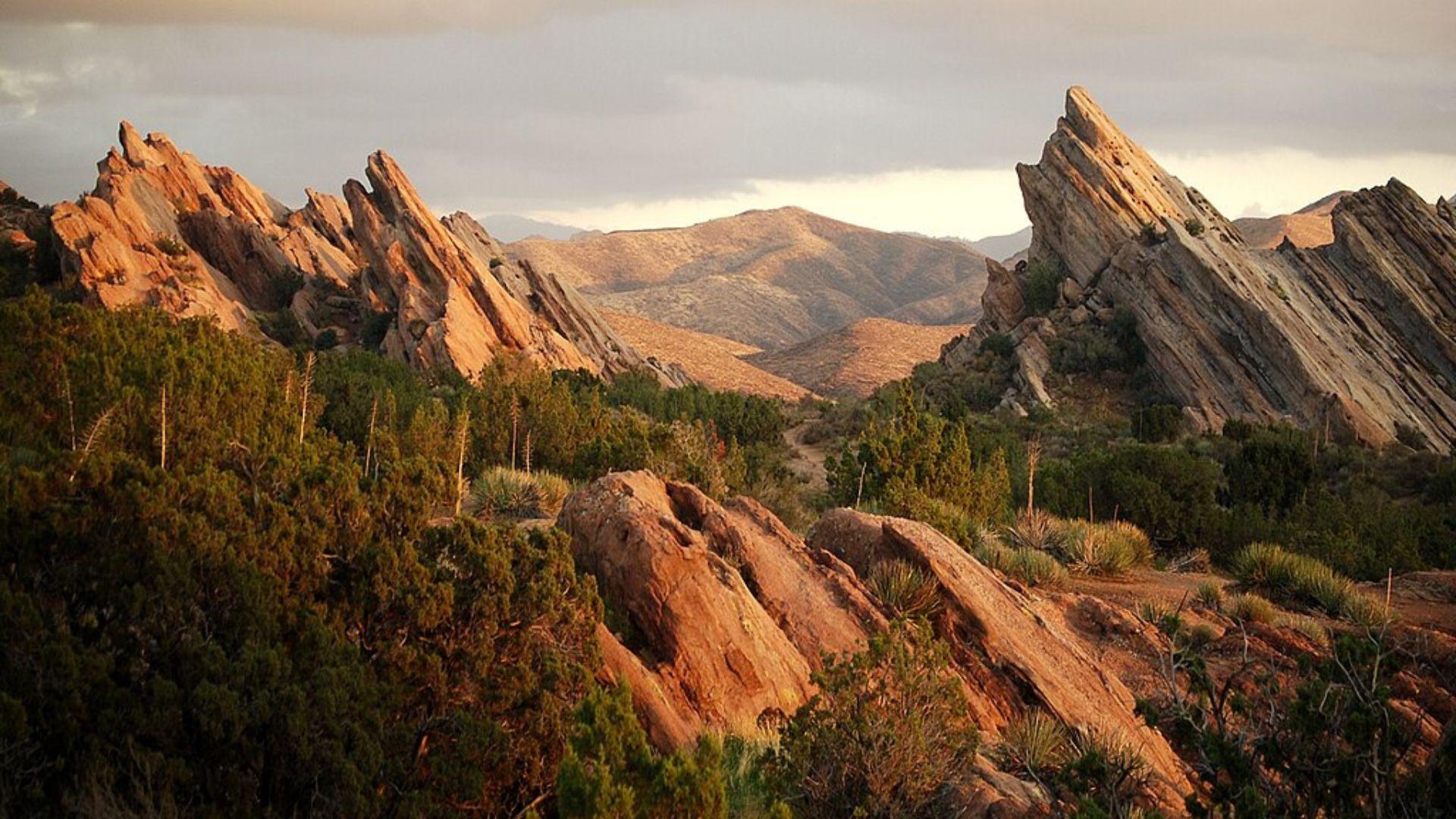
Since the San Andreas fault tends to rupture every 150 years or so, and the last major adjustment to the fault was in 1857, another big one is now overdue.
The southern end of the San Andreas fault hasn’t re-adjusted itself since 1680. It has been storing up stress for 340 years.
Potential Damage
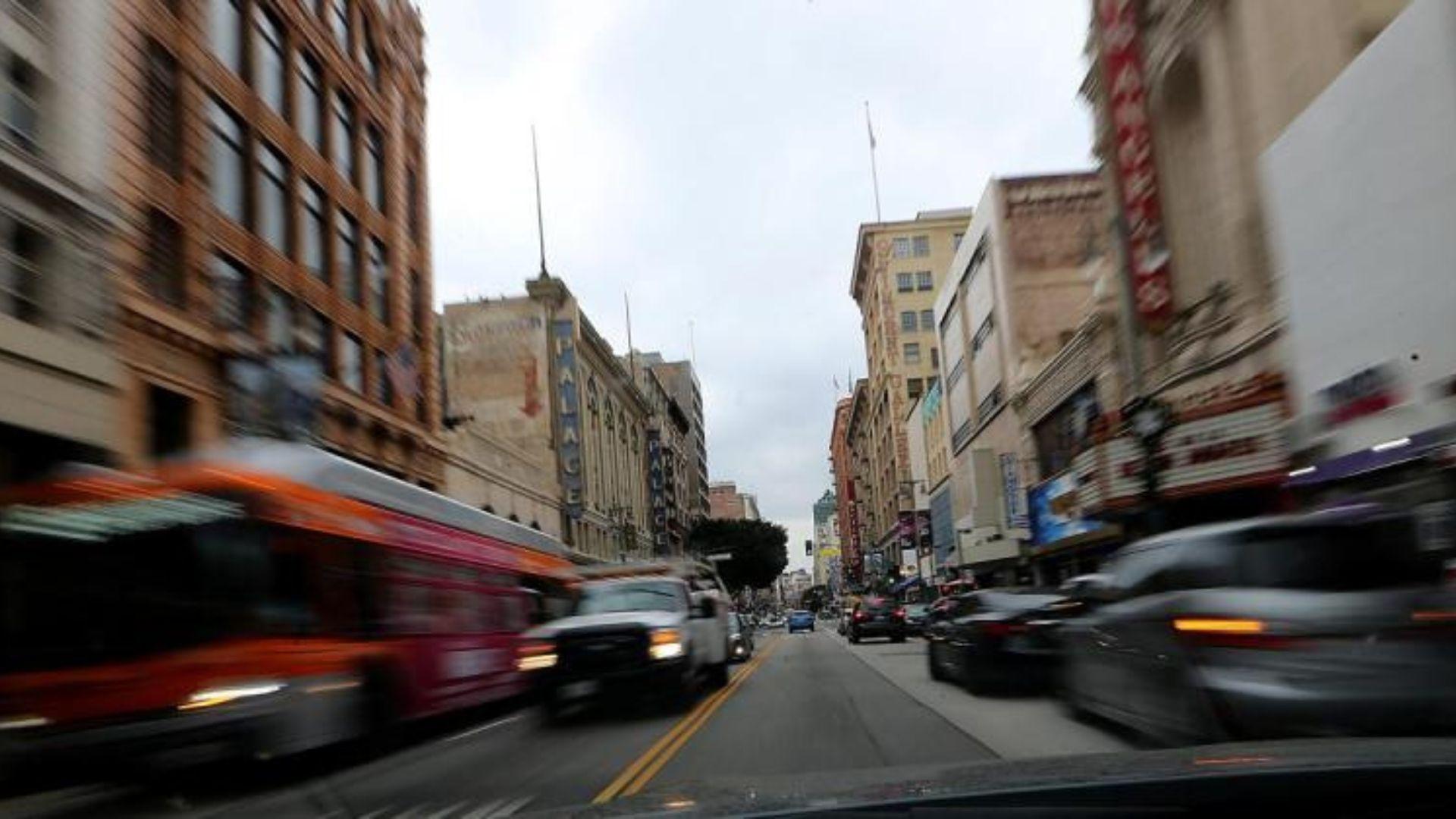
Since LA is the most populated area of California, the potential damage of a huge quake would be almost unimaginable.
The possible loss of life is estimated at 1,800 people with a possible $200 billion damages bill to state infrastructure. But no one really knows what the full impact would be until it happens.
Ten Seconds
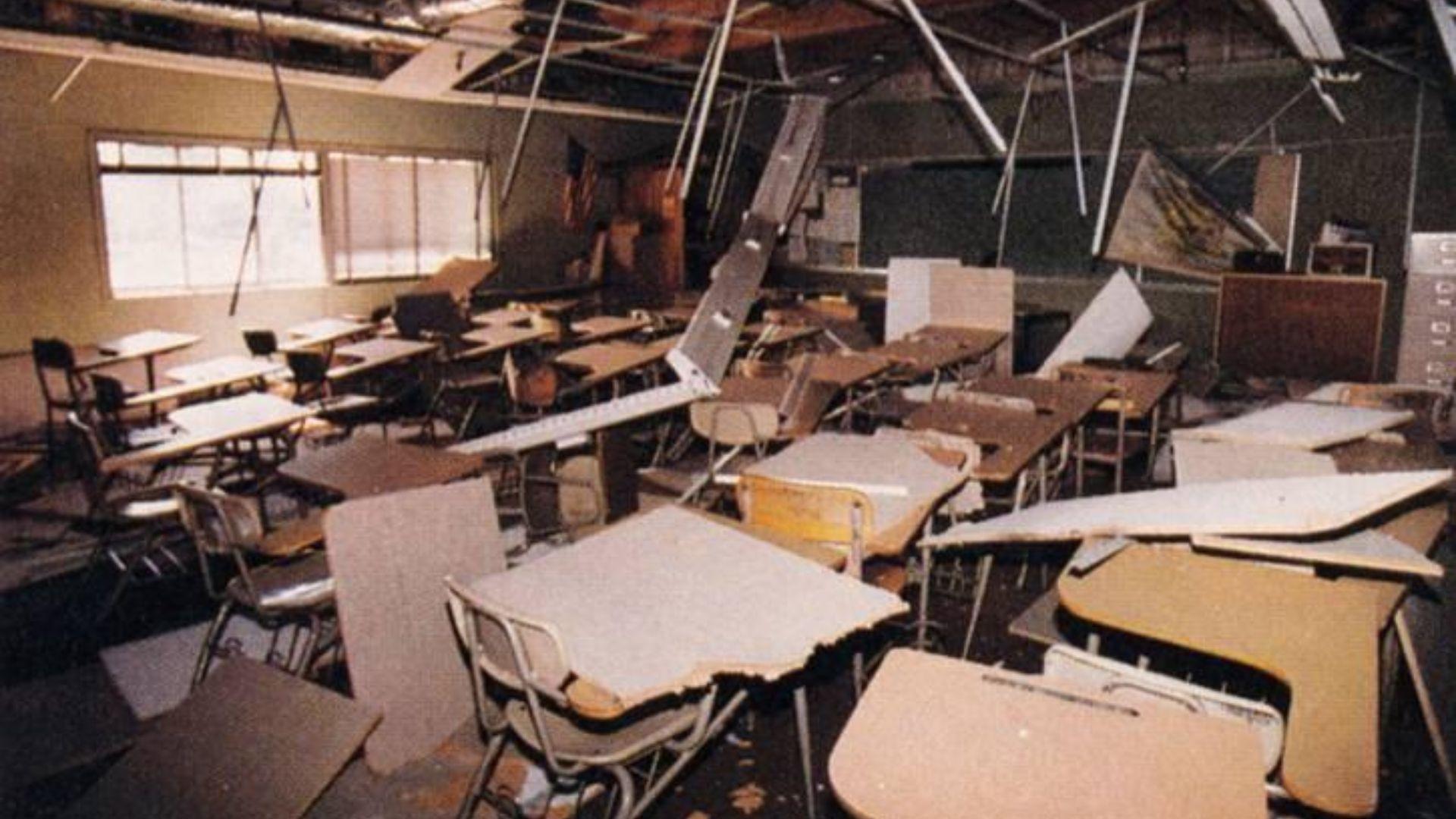
Worst of all, there would be very little warning.
Ten seconds is all there would be between the fault rupturing and the quake reaching southern California’s urban areas.
Make a Plan
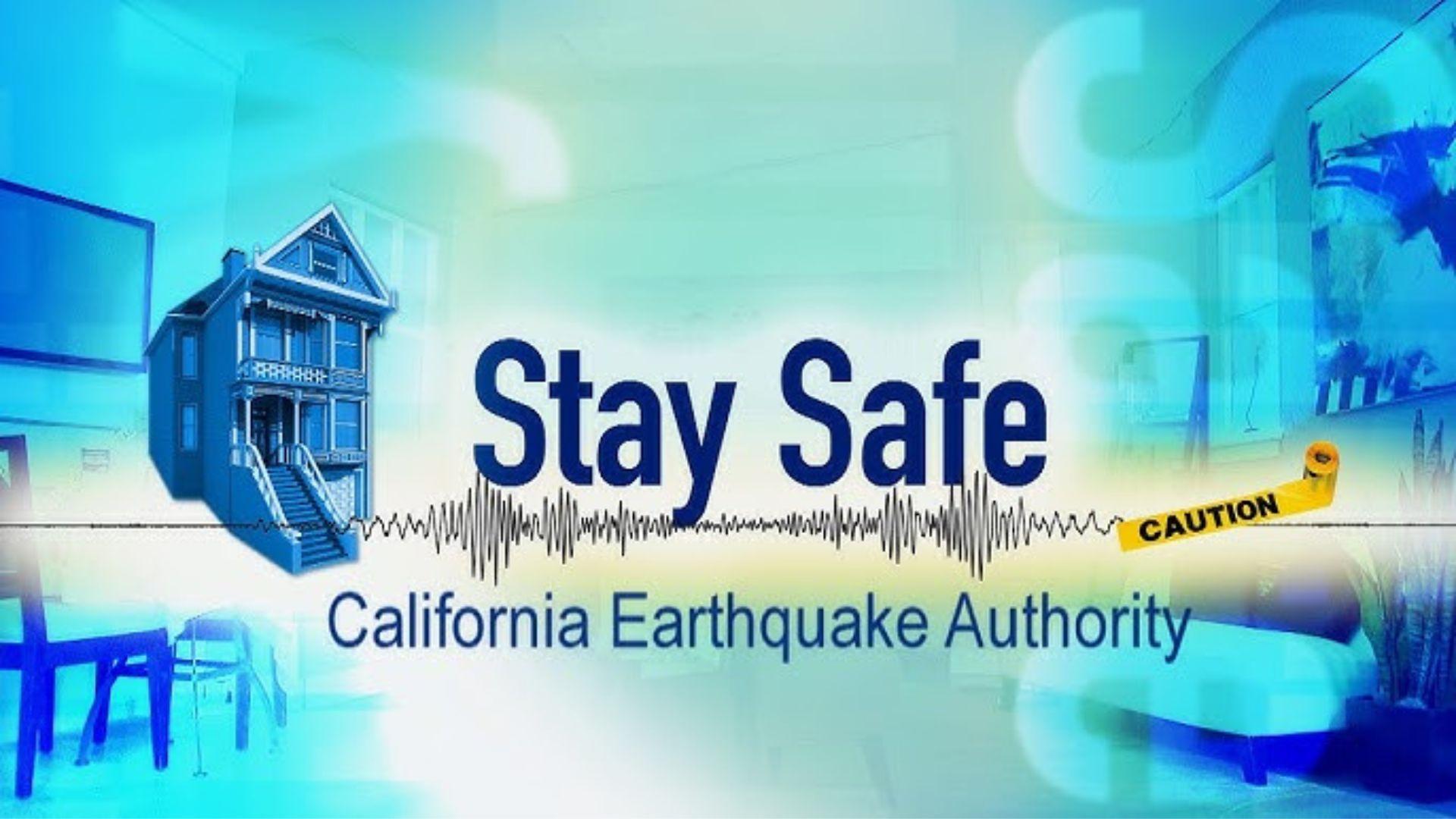
The California Earthquake Authority (CEA) recommends having a plan in place for you and your loved ones.
Most modern Californian homes are built with some form of earthquake proofing, including materials that can flex and move with the tremors of an earthquake.
Cascadia Subduction Zone Even Bigger Concern

Of even bigger concern than the San Andreas fault is the Cascadia Subduction Zone. (CSZ)
This runs from northern California right up to British Columbia in Canada. It hasn’t had a major quake since 1700. That caused the coastline to drop several feet.
Major Event
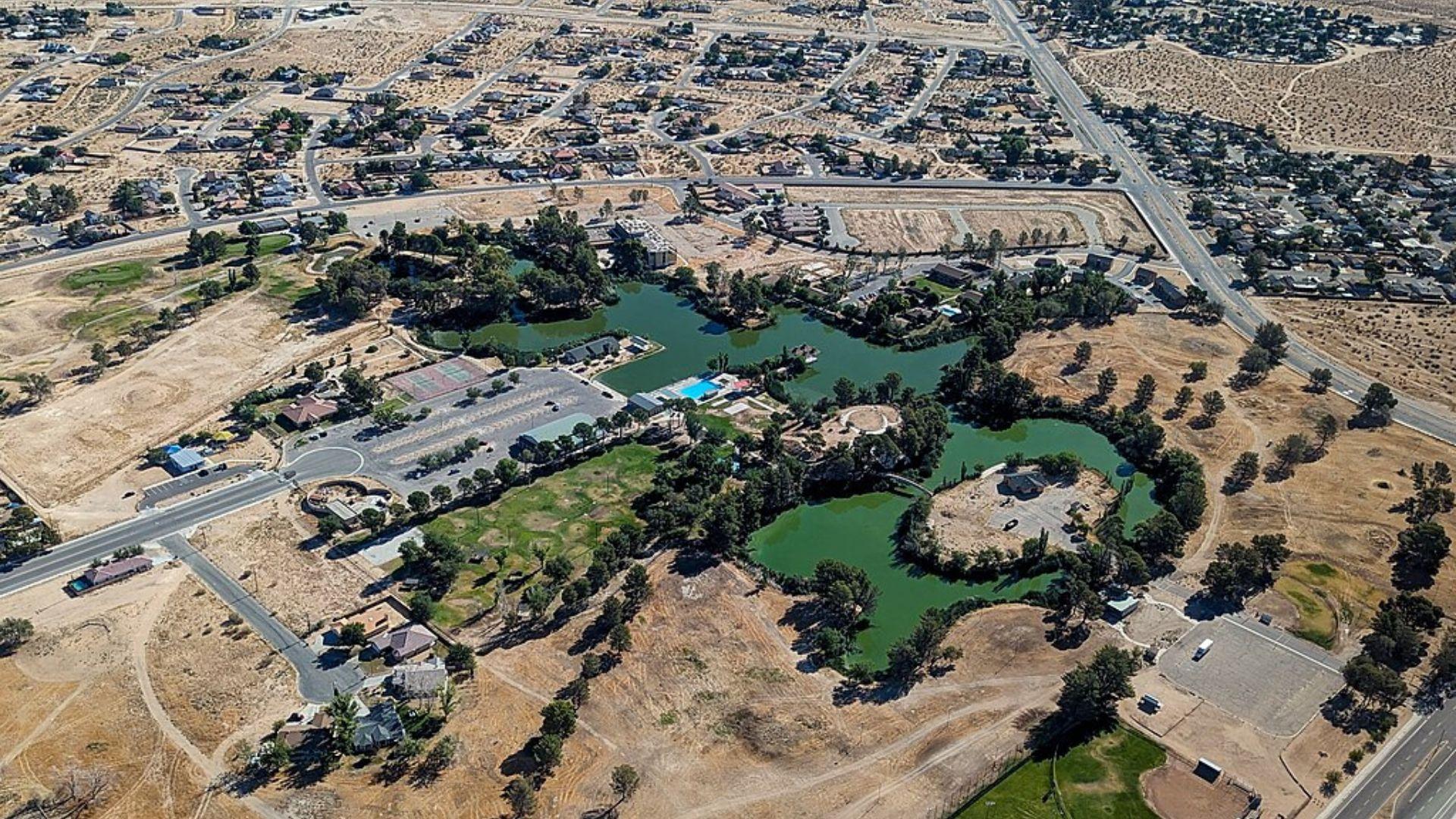
If the CSZ were to release all of its pent up tension, the event would be felt throughout the Pacific Northwest.
Scientists estimate that there is a 37% chance of a major quake happening along the CSZ within the next 50 years.
Almost Guaranteed
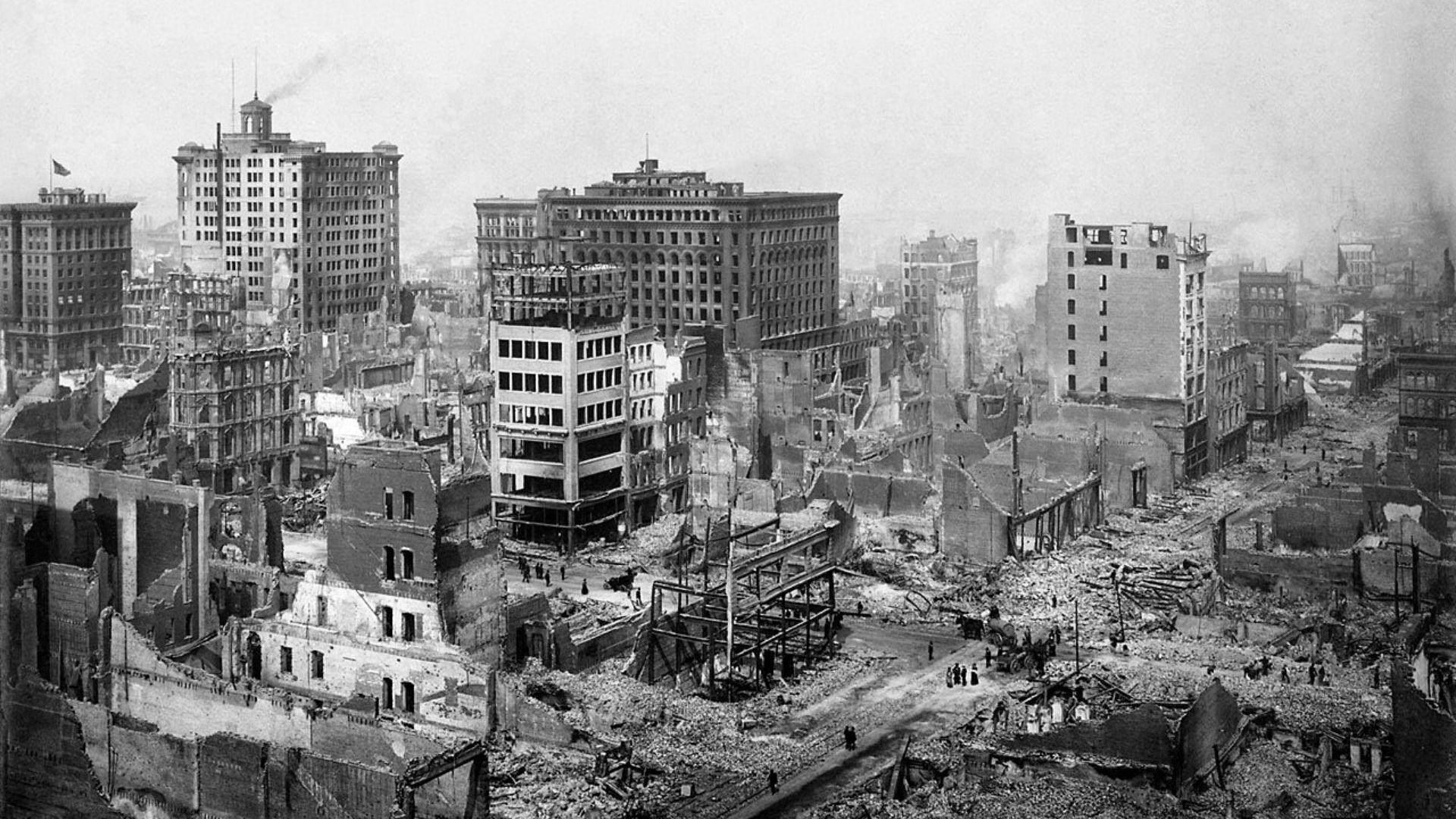
Whether it’s the San Andreas Fault or the CSZ, a major quake is very likely at some point in the coming decades.
The only question is how prepared will the authorities be to deal with the aftermath?

